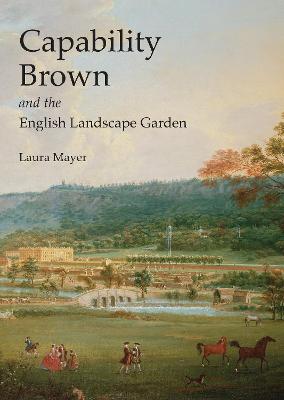Shire Library
2 primary works
Book 646
The name Lancelot 'Capability' Brown (1716–83) has become synonymous with the eighteenth-century English landscape garden. Ruthlessly efficient, he could stake out the 'capabilities' of a particular terrain within an hour on horseback. Rising to the position of Master Gardener to George III, his trademark features included bald lawns, clumped trees, lakes and enclosing belts of woodland on the estate's perimeter, setting a park formula that lasted well into the next century. Laura Mayer presents a concise and colourful introduction to Brown and other leading landscape gardeners of the eighteenth and early nineteenth centuries, such as William Kent, Richard Payne Knight and Humphry Repton. She explores how competing ideas in garden design were shaped both by changes in prevailing fashion and by the innovations of particular designers, and why Brown's designs are currently considered to be the epitome of landscape gardening in this period.
Book 768
Humphry Repton (1752-1818) ambitiously styled himself Capability Brown's successor: the century's next great improver of landed property. With his rare combination of skills - he was a talented topographical sketcher with a unique ability to judge the shifting needs of his patrons - over thirty years Repton amassed an incredible four hundred commissions; his famous Red Books, illustrated to help clients visualise the potential of their properties, did much to encourage the appreciation of landscape aesthetics, especially among the rising middle classes. With colourful illustrations and detailed site investigations, this book traces Repton's landscape designs from Picturesque wildernesses like Blaise Castle to the progressive Gardenesque style of Endsleigh in Devon. It is both a perfect visitor's guide to the gardens and an introduction to the theory of Repton's work.

